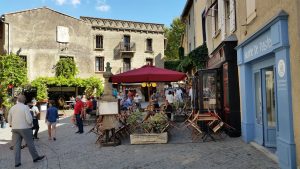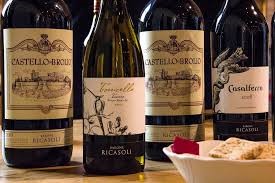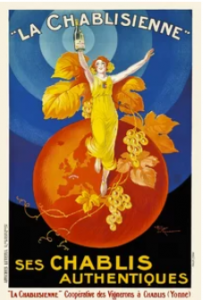Worldwide terrorism has changed our lives in many ways, none of them good. There are many losses greater than the difficulty in bringing wine home with you from your European vacation. It used to be easy: get a case that would fit in the overhead rack and tote it along with you on the plane. Needless to say, that won’t work these days, especially if your destination is in the United States. So what can you do if you want to bring back home some of the wines you tasted?
- Ship them. This way works but is in general a bad idea. It costs a lot to ship a case of wine across the Atlantic and it can’t be sent directly to your home. It goes to the airport into customs. You have to go deal with the functionaries there, pick it up and pay the duties. This is a lot of money and a lot of work just to be able to say you bought it at the vineyard.
- Put some in your luggage. This works but the technique is limited and risky. Each person coming into the US is able to bring two bottles, so a couple can carry four. If – some if – you have room in your valise for four bottles, you are trusting the gentle handlers out on the tarmac not to toss, drop or otherwise maul your bags. Good luck. If you are going to stash a few bottles this way, you can buy resealable padded plastic bags that protect your clothes but also take up more space. We often pack some bubble wrap and enclose the bottles ourselves. Place them between layers of soft clothing if you carry them this way.
Do you want your wine to be in this pile?
- Buy a case and take it home as luggage. You can buy a case (meant for shipping with styrofoam or cardboard) in a store or at a winery and fill it up as you go. Then, on your return trip, check them in. You will definitely have to pay duty on the number of bottles over your limit when you get to the US, but that may not be onerous. You still have to contend with the aforementioned baggage handlers, so definitely mark the case as fragile. But you have to lug the case with you in your travels and then carry it through the airports on your trip. And some airlines or airports won’t accept cases of wine, because of the fear of terrorists.
- Buy it back home. If you’re at a winery and you particularly like a wine, ask the person serving you about the name of their American distributor(s). The bigger and better known the winery, the more likely they are to have one. You can call them on your return and find out where you can buy the wine in question in the States. Unfortunately, that great little find you found in an unknown little village may not have an American representative. Worse yet, if they do export, these wineries are more likely to sell only their higher volume, lower quality wines on the world market because they don’t press enough of their top wines to attract a distributor. You won’t find that special gem at home.
There is one other alternative. Appreciate the wines you taste in Europe while you’re there. Savor the tastes and the aromas and the memories. That’s one of the beauties of travelling through Wine Country in the first place.







